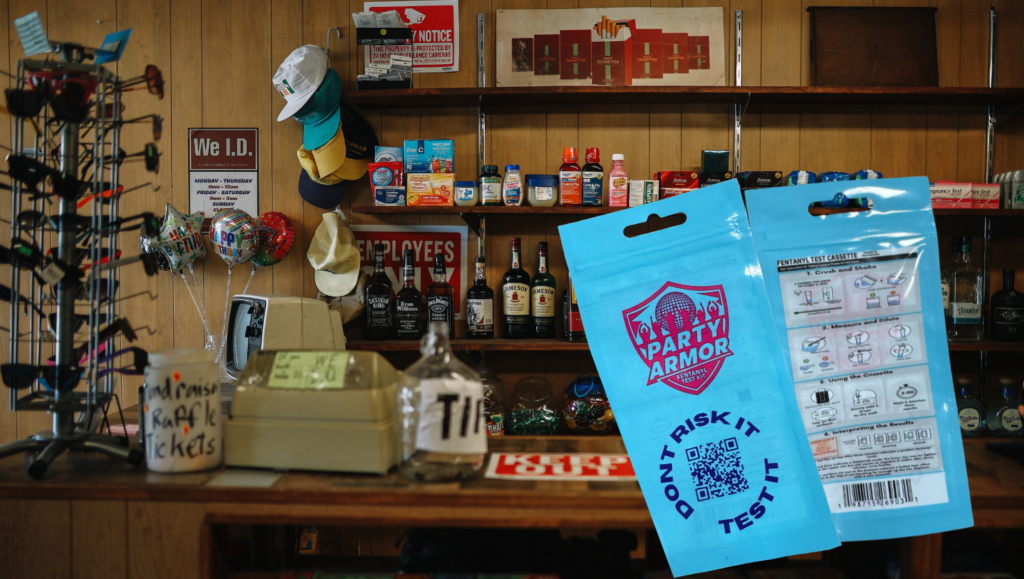The Hidden Danger: Fentanyl Contamination in Common Street Drugs
Fentanyl’s infiltration into the illicit drug market has introduced unprecedented risks, as it is increasingly found mixed with various substances, often without users’ knowledge. This contamination significantly elevates the potential for accidental overdoses and fatalities.

Prevalence in Street Drugs
The Drug Enforcement Administration (DEA) has reported significant risks of illegal drugs being intentionally contaminated with fentanyl. Due to its potency and low cost, drug dealers have been mixing fentanyl with other drugs, including heroin, methamphetamine, and cocaine, increasing the likelihood of fatal interactions.
Risks of Unintentional Exposure
The presence of fentanyl in non-opioid drugs poses severe risks:
• Increased Overdose Potential: Users unaware of fentanyl’s presence may inadvertently consume lethal doses, leading to a spike in overdose deaths.
• Reduced Efficacy of Overdose Reversal: Fentanyl’s potency can complicate the effectiveness of standard overdose reversal interventions, such as naloxone, especially when combined with other substances.
Harm Reduction Measures
To mitigate these dangers, several strategies are recommended:
• Drug Checking Services: Providing access to drug checking services allows individuals to test substances for the presence of fentanyl, enabling informed decisions and reducing harm.
• Education and Awareness: Informing communities about the risks of fentanyl contamination and promoting safe usage practices can help prevent accidental overdoses.
• Access to Naloxone: Ensuring widespread availability of naloxone and training individuals in its use can save lives in overdose situations.
Conclusion
The contamination of various street drugs with fentanyl represents a critical public health challenge. By acknowledging the scope of this issue and implementing comprehensive harm reduction strategies, it is possible to reduce the incidence of unintentional overdoses and safeguard communities from the hidden dangers lurking within the illicit drug supply.

